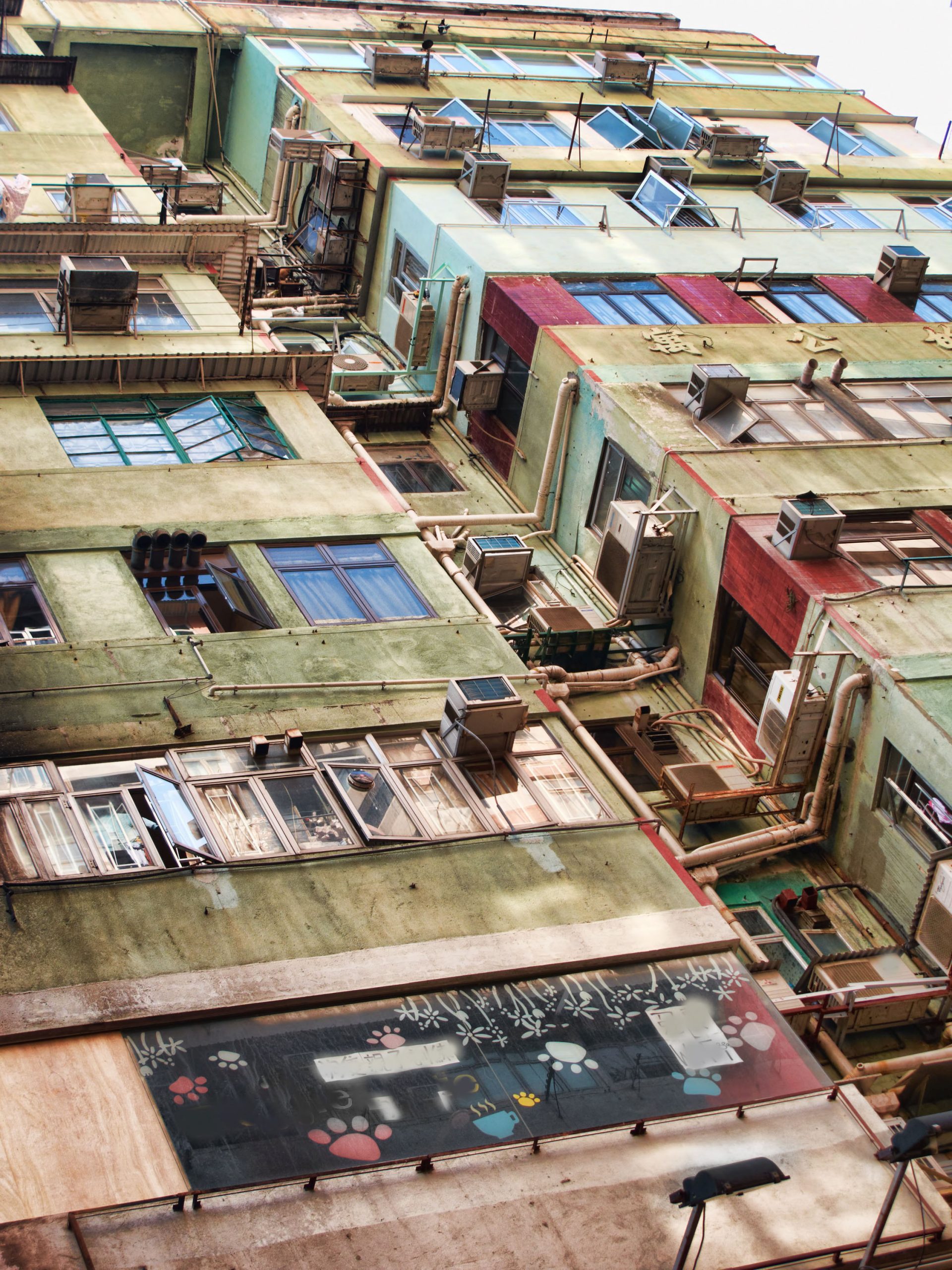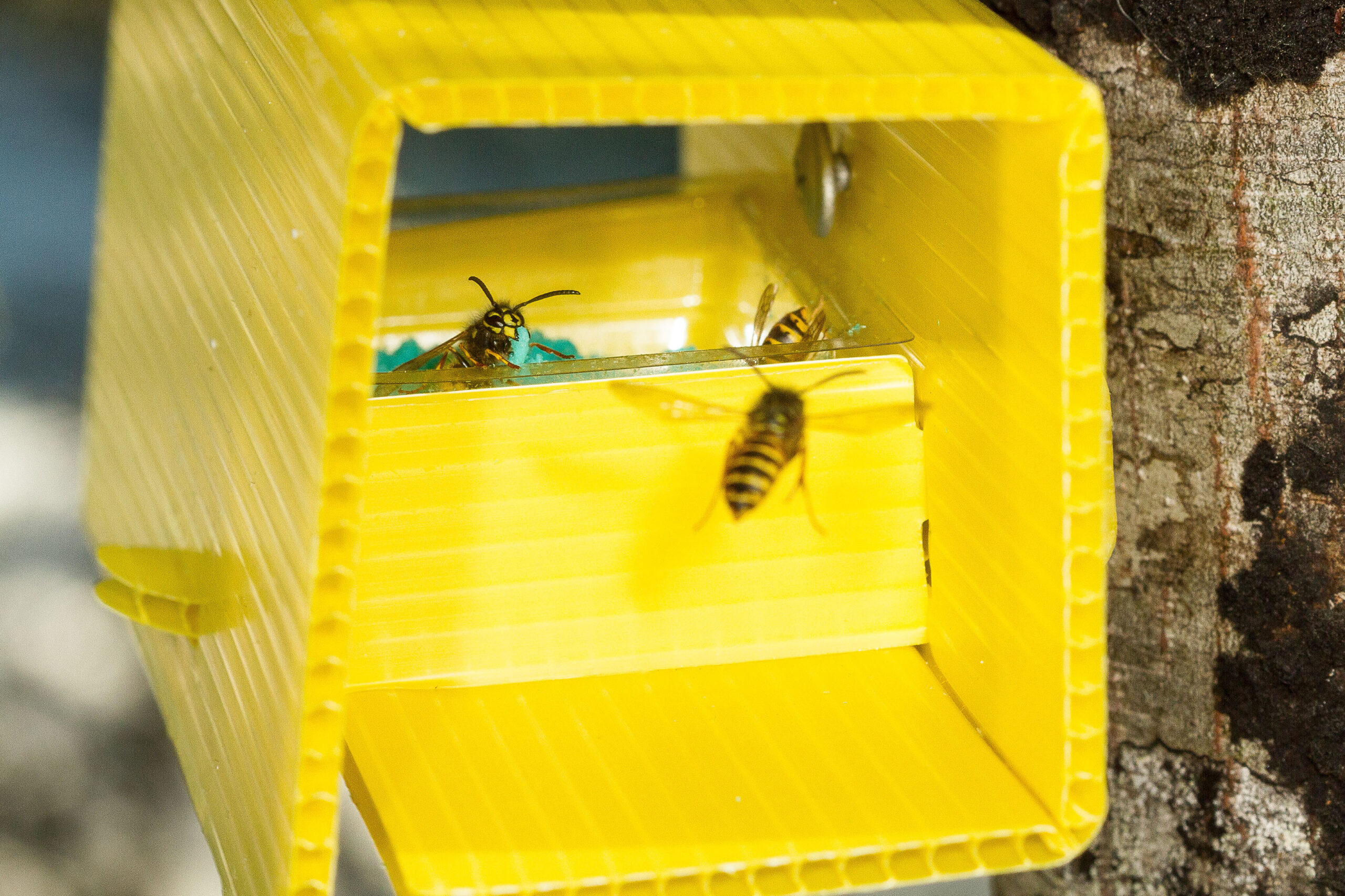Most of us are vaguely aware that cheap things have a cost somewhere else, but we usually don’t know enough of the detail to be too bothered. Sometimes people even joke about it: “Made for kids, by kids”. Andy Kenworthy goes hunting to see if he can shed some light on what’s really happening.
Recently my three-year-old son was given a shiny red Spiderman bow and arrow set. Cheap? Yes. Good value? My son snapped this plastic bow in half within 24 hours, and three days later he’d broken two of the arrows, leaving small bits of plastic on the floor.
Most of us have said it at one time or another: “How can they possibly even make that at that price?” If we stop to really think about it, most of us suspect the answer involves making products with exploited labour, including children, and lax environmental controls. But it’s hard to know for sure, whereas the temptation to save a few hard-earned dollars, or just keep the kids quiet with a new toy, is the option right in front of us.
Since every dollar we spend is a vote endorsing a method of production and sale, Good decided to have a go at tracing some of this stuff back to its origins, and see what we’re really paying for. First up, toys from the many dollar stores on our high streets.
Tracing it back
The toy that started our investigation was the ‘New Edition Super Bow & Arrows Game’ from Coin Save in Beachlands, east Auckland. An online search found identical toys turning up as far away as New York, and more hunting identified the Chenghai Jinhongfeng Toys Factory in Shantou, Guangdong, China as a major manufacturer of the item. It turns out that the South China sea-port city of Chenghai is China’s ‘toy town’, with last year’s toy exports from the city’s 3,000 toy makers valued at US$1.6 billion.
Quality standards and safety
In 2007 more than 700 toy factories in Guangdong had their export licences revoked or suspended following inspections triggered by a spate of product recalls around the world. The factories were ordered to renovate their facilities or improve product quality.
In 2011, researchers from Greenpeace and The International Persistent Organic Pollutants Elimination Network bought 500 toys and children’s products in five Chinese cities, and found that just under a third of them contained toxic levels of heavy metals that can cause permanent damage to a child’s nervous and immune systems.
In March last year an investigation by China Central Television found that large quantities of low-quality toys were being manufactured in Chenghai with recycled plastics that included improperly treated medical waste, such as syringes. At the processing workshops, plastic materials and used medical devices were simply being smashed, rinsed, dried and then sold to toy producers. In March 2013 investigators returned, discovering the practice was still widespread, despite authorities’ claims of a crackdown.
Worker rights and conditions
A report in 2010 reported that the average annual salary, including overtime, for some toy factory workers was the equivalent of NZ$3,420. Some factory bosses are complaining that now this has reached NZ$7,140 in some places, they are losing orders.
This is despite the independent watchdog China Labour Watch (CLW)pointing out that earning at that rate means workers can scarcely afford to live anywhere other than in crowded and insanitary company dormitories with up to 12 in a room.
A 2012 China Daily report suggested an annual salary equivalent to something like NZ$24,500 would be required for a worker to be able to buy their own home before they are 40.
Problems do not appear to be limited to the cheapest unbranded goods. Last year CLW investigators posed as employees at a number of factories supplying the toy giant Mattel. They claimed to have found workers doing between 20-50 hours of compulsory overtime a week, for which they were paid as little as NZ$1.50 an hour, a little under half the Chinese legal minimum. According to CLW, many of the workers only had one rest day each fortnight. CLW also said there was at least one major safety concern in every factory they investigated, especially workers not wearing gloves, masks or earmuffs during dangerous processes and an almost total lack of safety training.
Investigators described a resignation process of up to two months (twice the legal maximum) in order to receive any final pay, and very little independent worker representation.
A 2011 investigation by the Hong Kong-based Students and Scholars Against Corporate Misbehaviour, found similar issues in a Chinese factory in Shenzhen that was making toys for Mattel, including Thomas the Tank Engine, Matchbox Cars, Toy Story, Barbie, Fisher Price, Scrabble and Hot Wheels products. They also say they found workers as young as 14 years old.
Pollution and destruction
A soil study by Shantou University in part of the same urban area as Chenghai, found levels of toxic copper, zinc, nickel, lead, chromium, cadmium, arsenic, and mercury (Hg), that were above Chinese national standards in more than a third of the sites it studied. This was largely explained by this region being one of the world’s largest electronic waste recycling areas.
In 2011 Greenpeace criticised toy maker Mattel over the companies’ use of packaging materials from Asia Pulp and Paper (APP), a company notorious for destroying Indonesian rainforests, including the habitat of the endangered Sumatran tiger.





